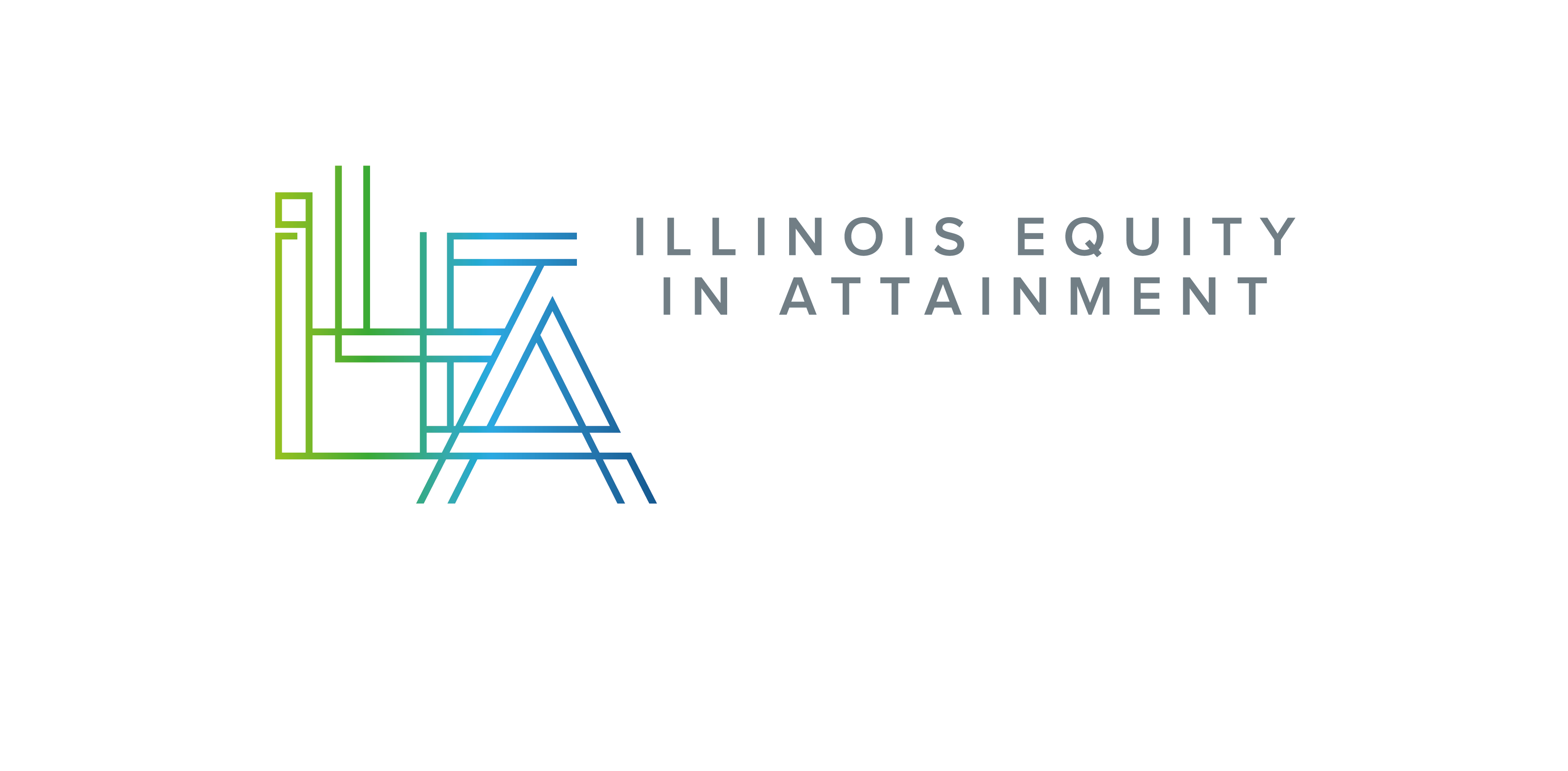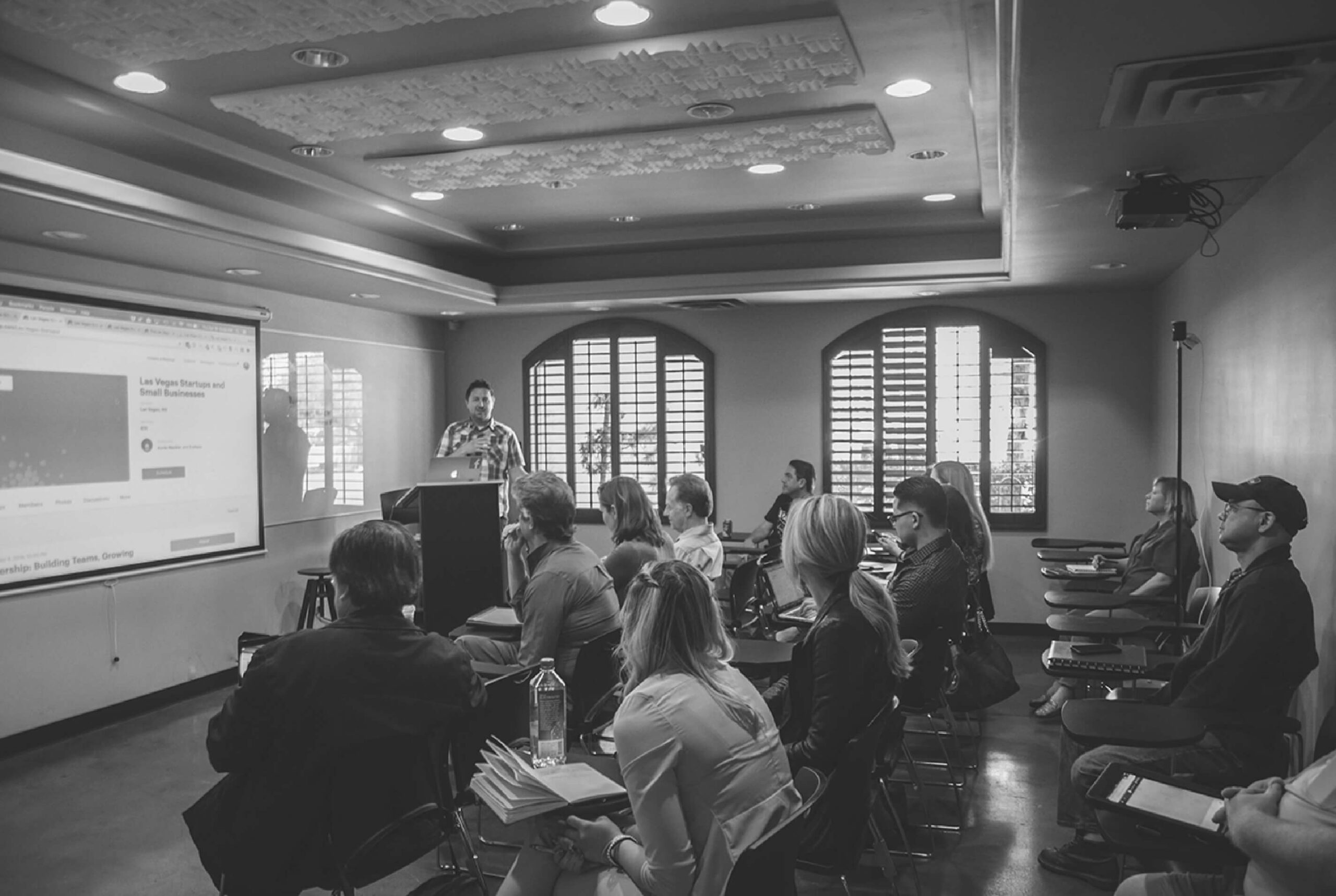
April 17, 2019
By PETER MEDLIN – WNIU News
This past week, leaders from community colleges and universities across northern Illinois met to brainstorm how to close college completion gaps based on race and income level.
Over 20 schools joined with the Partnership for College Completion (PCC) to launch the “Illinois Equity in Attainment Initiative” last year. The schools share what works for them, and the PCC helps them orchestrate a plan unique to their schools and give them more information about the reality of the equity issue.
Lisa Castillo-Richmond is the Partnership’s managing director. She says the gaps in Illinois mostly mirror those seen across the country. However, there are aspects of the issue where Illinois stands out.
“We are a significant outlier, I would say in terms of the gap between white students completing college degrees and African American students,” she said. “In six years from a four-year institution, white students will graduate at a rate of 66 percent while African American students are graduating and about half that rate at 33 percent. And these gaps also exist across other races and ethnicities.”
Organizers say it was essential for their initiative to be made up of a diverse group of schools — two and four-year; big and small, public and private — in order to show how gaps persisted everywhere.
“We really wanted to move away from the fallacy that says if you just get students into the right institution, everyone is graduating at these equitable and high rates, because we saw these gaps across all types of institutions,” said Castillo-Richmond.
They all faced the same problem. For some, the disparity was six or eight percent. For others, it could exceed 10 or even 20 percent.
And why did they want to meet now? Across the state, in aggregate, the gaps weren’t getting better and in some cases, they were widening.
The event was held at Northern Illinois University’s Naperville campus. Lisa Freeman is the president of NIU.
“What we’re saying is, it’s really the responsibility of the university to meet the students that we accept where they are,” Freeman said, “and to recognize that sometimes when a student doesn’t succeed, it’s not on them, it’s actually on us, on the systems we’ve created that are serving our students poorly.”
She says NIU was looking at their graduation equity rate even before they joined the initiative. But it’s been easier to start acting on it since the end of the budget impasse.
“They weren’t data that we were proud of,” Freeman said. “We wanted to erase the gap that achieved for students who come from lower-income families, and for students of color. And we knew that to do that we needed to make a radical change.”
For NIU, that’s meant making sure students have support during their financial aid process, and raising awareness for academic resources. They’ve also seen through their PROMISE Scholars Program, how research can help connect students — especially students of color — to their campus and increase their odds of retention.
Confronting and analyzing equity data has been a key part of the plan at Wilbur-Wright College. They’re a two-year school and one of the City Colleges of Chicago. David Potash is the president.
He said their plan has been in effect for a few years now. They’ve been deciphering where student success gaps are happening, so they can home in on the sources of the problem.
“That means that you got to look at the data all the time because you make one change and then there are consequences, some positive, some negative, you make another change,” said Potash.
Wilbur-Wright’s population is two-thirds Hispanic. One improvement area they found was with Hispanic female biology students. They saw those students were dropping out close to when they should have been finishing their programs. To help fix that, they assigned students farther along in the program to peer mentor students with less experience.
“And with a little bit of peer mentoring what we found, not a ton of work, the number of Latino females in the biology sequence increased when they were falling through at a relatively low billable rate,” Potash said. “I mean, this is not rocket science, but it’s looking at the data, finding people who are motivated together and care, and then you make a change.”
Schools are also using technology to close the completion gap. The keynote speaker at the NIU-Naperville event was Tim Renick of Georgia State University. He spoke about his school’s success with using an chatbot to answer common questions from incoming freshmen, anything from FAFSA to housing.
“We had students repeatedly tell us they asked the chat box questions they wouldn’t have asked a human being,” said Renick. “If you can’t get your biological father to sign the FAFSA because you haven’t seen him for the last two years, you don’t necessarily want to go into some stranger’s office and spill out your personal family history.”
NIU President Freeman also has plans to implement a similar chatbot while they continue to teach their faculty and staff how to have conversations about equity.
“Nobody wants to inadvertently send a student the message that maybe this isn’t for you,” she said. “But people need to learn when they do those kinds of things unconsciously.”
Aside from the individual school plans, the PCC is promoting policies at the state level to alleviate some of the pressure.
Currently, they’re focusing on policies to overhaul the way higher education handles remedial courses, to get students college-ready.
Castillo-Richmond says with so many schools buying into the initiative there’s still plenty colleges can do, even without extra aid coming from Springfield.

